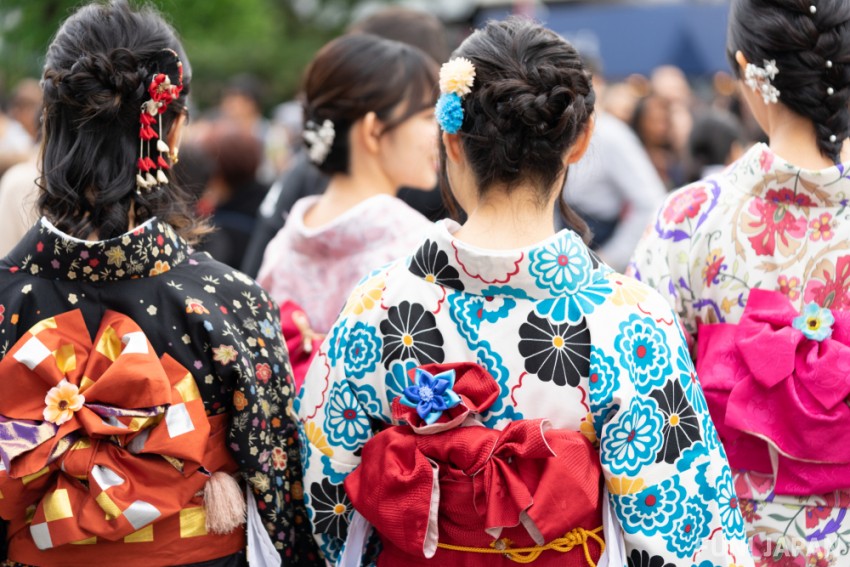
Kimono is known as the national dress of Japan. It is said that one of the charms of kimono is the beautiful sight from behind. So the usual style is to wear your hair up so that it doesn't get on the collar. Although there are no fixed rules like there are for obi and footwear, we will show you a typical hairstyle for each kimono.
Hairstyles for Casual Kimono
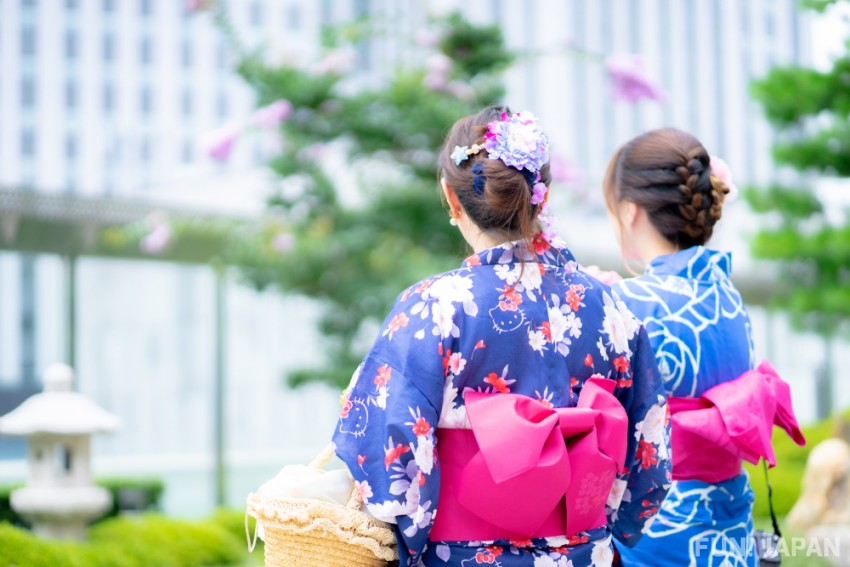
Let's look at the classic hairstyle for yukata, which is the most casual type of kimono. Since you can put on a yukata without any assistance, you usually arrange your hairstyle by yourself too. For yukata, which are worn when the temperature and humidity are high, the normal way is wear your hair up. You should coordinate any hair ornaments with the color and pattern of the kimono.
Classic Hairstyles for Casual Kimono

With short hair and medium-length hair, the side is braided for the arrangement, and casual accessories such as hair bands and headbands add glamour to the final touch. With long hair, you can look fashionable with variety of styles such as wearing your hair up or ponytail with side bang.
Hairstyles for Formal Kimono
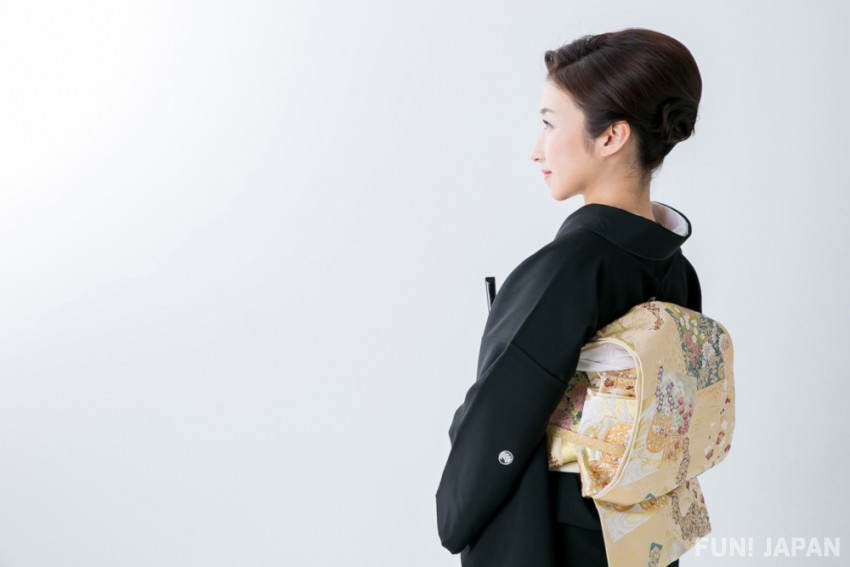
There are very simple styles where the hair is brought together to keep it up off the collar, and extravagant styles suited to wearing the Shiromuku (白無垢 stainless white), Uchikake (打掛 sash-less robe) or Furisode (振袖 hanging sleeve) for wedding ceremonies. It's customary to get a professional stylist to do it for you along with your kimono to match them.
Kimono Hairstyles: Simple but Formal
The simple hair-up style is the norm for the black tomesode (黒留袖), which is worn at official ceremonies such as weddings, and the colored tomesode (色留袖), which can be used for celebrations such as entrance ceremony and wedding receptions. The elegant up-styles such as Yukai-maki (夜会巻き ("Night-party roll") a style that twists the hair up and uses ornaments to hold it in place, and Chignon, in which bunched hair is gathered on the back of the head and sides, are popular. For hair ornaments, traditional shaped items such as hairpins and combs, made from luxurious materials like makie (蒔絵 a lacquer-ware hair ornament), pearls, and others, are recommended.
Kimono Hairstyles: Bunkin Takashimada
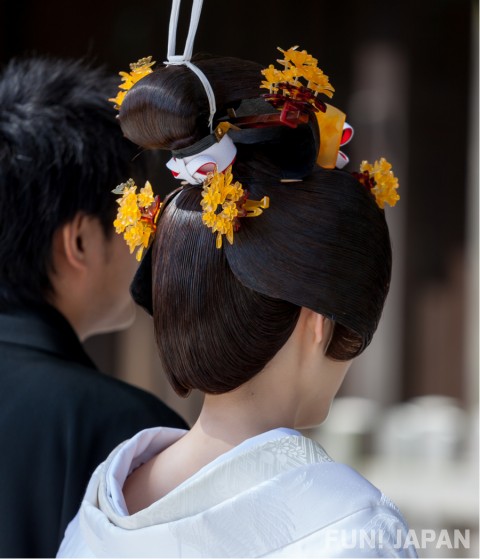
A traditional hairstyle that matches a bridal gown kimono. It can be done, just using the bride's own hair, but more often than not, wigs are used nowadays, The "Watabōshi" (綿帽子 white cotton hat) is used for Shiromuku, and "Tsunokakushi" (角隠し horn-hiding hat) is used for colored Uchikake.
Kimono Hairstyles: Coming-of-age Ceremonial Hairstyles
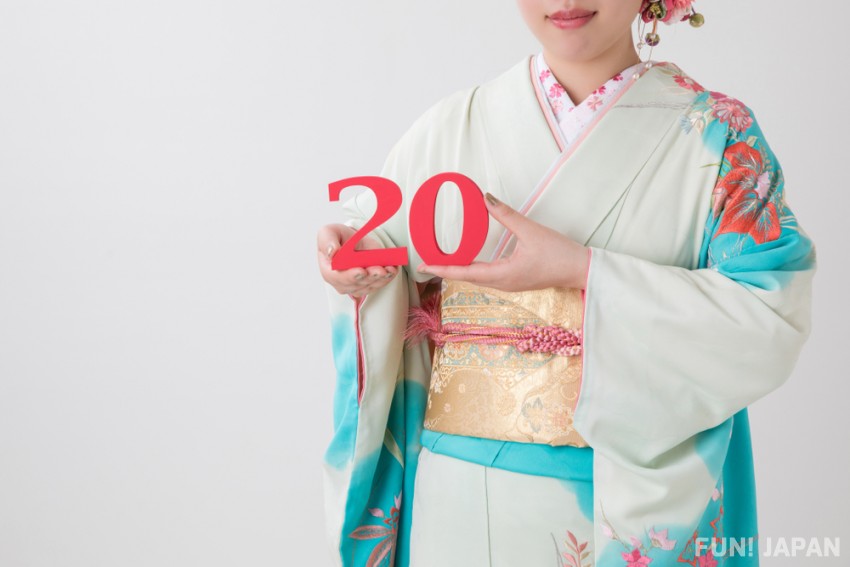
The second Monday of January is a national holiday in Japan to celebrate the young people who are now officially adults and can decide their own lives thereafter. The celebration ceremony for those who have reached 20 years old is called the coming-of-age ceremony (成人式 / Seijin-shiki). Many women wear long hanging-sleeved formal kimono called Furisode to participate in this ceremony.
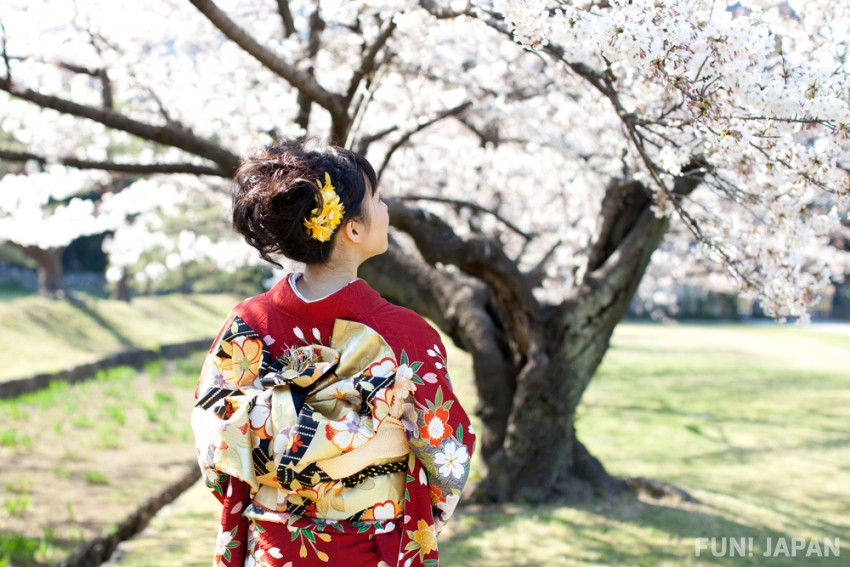

There is no fixed hairstyle, but for celebrations, extravagant styles that match the pattern of the kimono are preferred. As for hair ornaments, those with large motifs, or fresh flowers or ribbons are popular.
Kimono Hairstyles for Men
Men's hairstyles have not been fixed or regulated, but it is generally considered that they should be shorter, fixed with wax, or short and neatly combed.
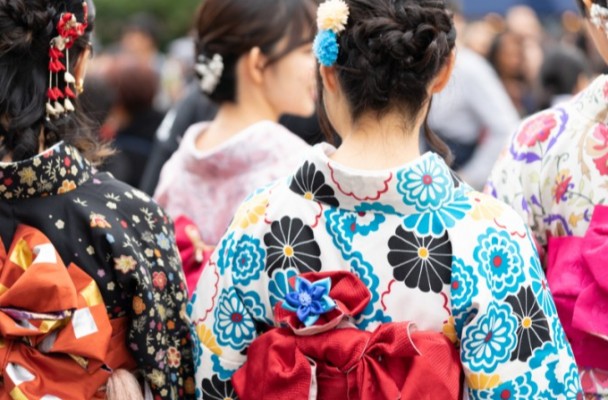
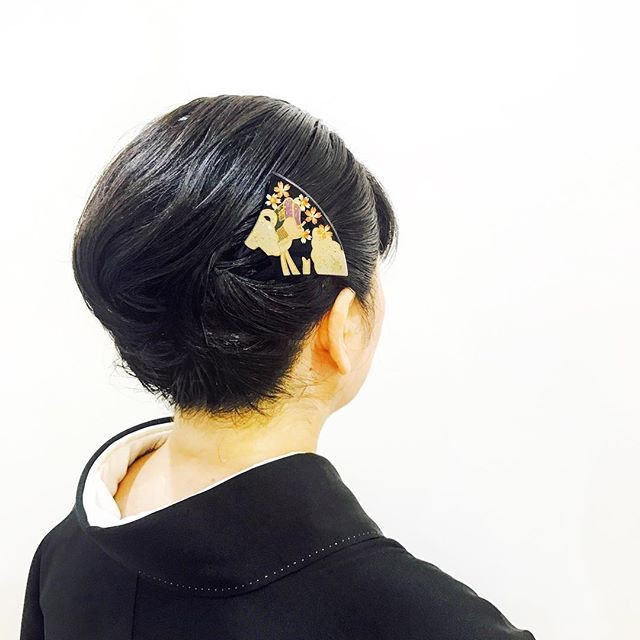
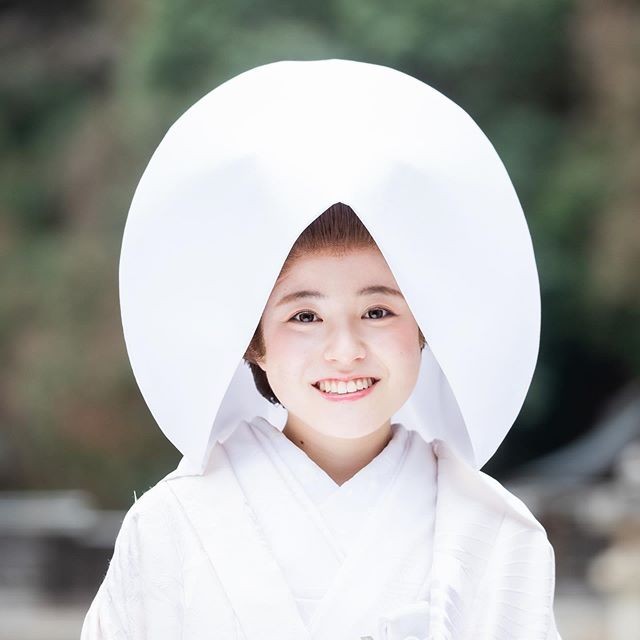
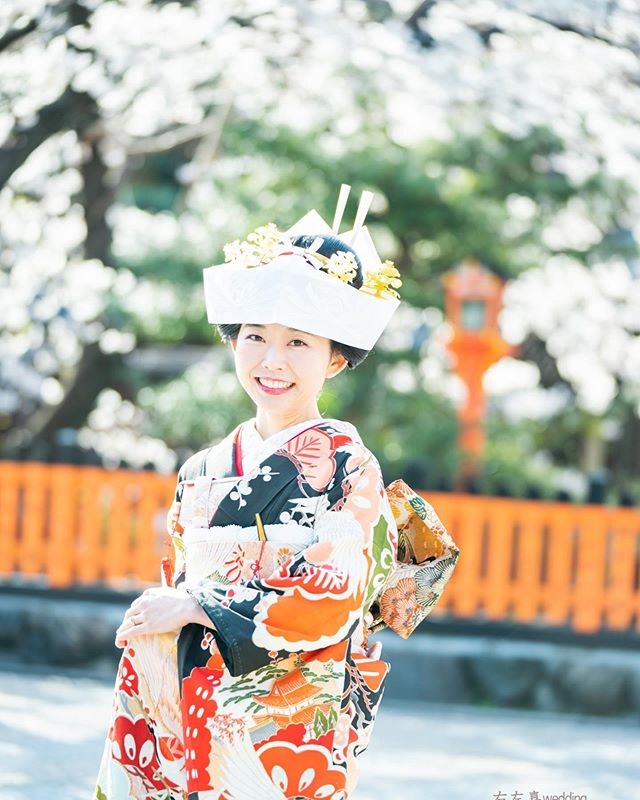
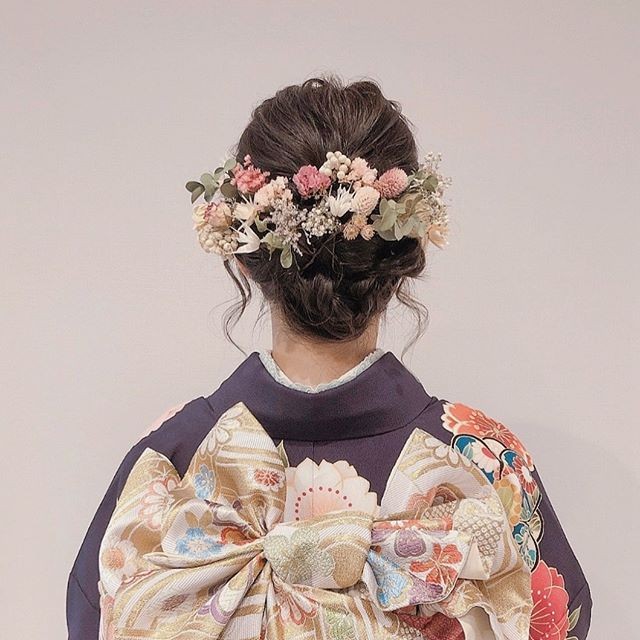

Comments